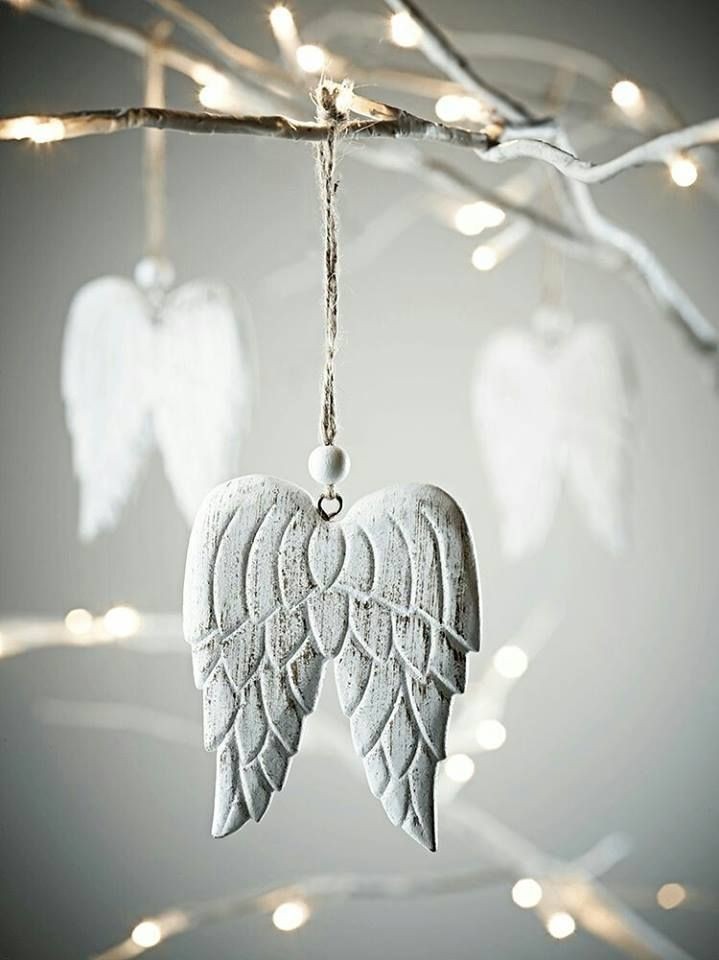The Timeless Craft of Pottery and Basketry: A Therapeutic Journey...
- Koöko Fleurs
- Nov 16, 2023
- 3 min read
Updated: May 29, 2024

Pottery and basketry are two of the oldest crafts known to humanity, each with a rich history rooted in tradition and practicality. These crafts have transcended their utilitarian origins to become therapeutic art forms that offer mental health benefits to those who practice them.
Pottery: Shaping Well-being with Clay
Pottery, or 'poterie' in French, involves shaping objects out of clay and hardening them with heat¹. The old methods of pottery include hand-building techniques like pinching, coiling, and slab construction, as well as wheel-throwing. Traditional materials used in pottery range from earthenware and stoneware to porcelain, each requiring different types of clay and firing temperatures.
Basketry: Weaving Serenity into Life
Basketry, or 'vannerie', is the art of weaving flexible materials like twigs, bamboo, and rushes into containers and other objects⁵. Ancient techniques of basketry involve methods such as coiling, plaiting, and twining, using materials readily available in the environment.
The Correlation Between Pottery and Basketry
Both pottery and basketry share a common thread of transforming natural materials into functional and decorative items. The correlation lies in the rhythmic, repetitive motions required in both crafts, which can induce a meditative state, promoting relaxation and focus.
Art Therapy: Crafting Mental Resilience
Art therapy integrates creative processes like pottery and basketry to improve mental health. Engaging in these crafts can reduce stress, boost self-esteem, and foster a sense of accomplishment⁹. The act of creating with one's hands provides a unique opportunity for self-expression and can be particularly beneficial for those dealing with anxiety, depression, and other mental health challenges.
Combining Pottery and Basketry for Therapeutic Benefits
When combined, pottery and basketry can complement each other in an art therapy setting. Pottery's tactile nature and basketry's structured creativity offer a balanced approach to art therapy. Participants can enjoy the calming effects of working with clay and the satisfaction of weaving a basket, both of which can contribute to improved mental well-being.
Pottery and basketry, ancient crafts steeped in tradition, have transcended their utilitarian origins to become therapeutic mediums that promote mental well-being.
For children, especially, these tactile art forms can be powerful tools in therapy. The act of molding clay or weaving baskets allows young minds to express themselves beyond words, offering a creative outlet that can be particularly beneficial for those in pediatric oncohematology wards. The Lene Thun Foundation, for instance, has been instrumental in providing free pottery therapy workshops, reaching over 70,000 children and their families. This hands-on approach not only stimulates creativity but also helps these young patients to better receive pharmacological treatments, supporting their emotional and psychological needs during challenging times.
In the broader context of mindfulness and education, pottery and basketry serve as excellent conduits for experiential learning. The focused attention required to shape a piece of pottery on the wheel or to interlace strands into a basket cultivates a state of flow, akin to meditation. This mindful practice can enhance cognitive functions, improve emotional regulation, and foster a deeper connection with the present moment. For students of all ages, integrating these art forms into the educational experience can lead to a richer understanding of material culture, history, and the self. By engaging with the earthy textures of clay and the rhythmic patterns of basketry, learners can develop a sense of patience, perseverance, and an appreciation for the process over the product, which are invaluable life skills.











Comments